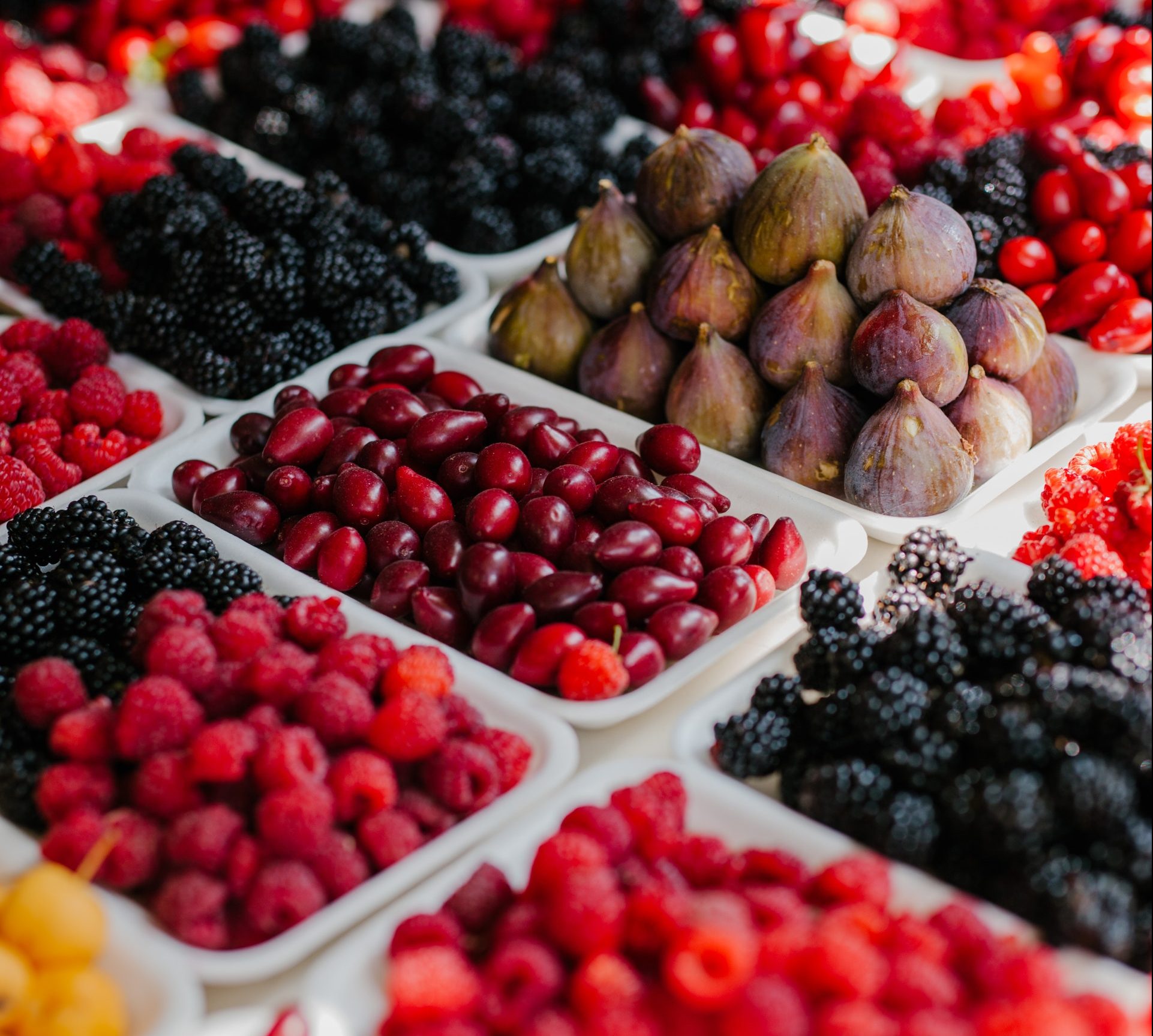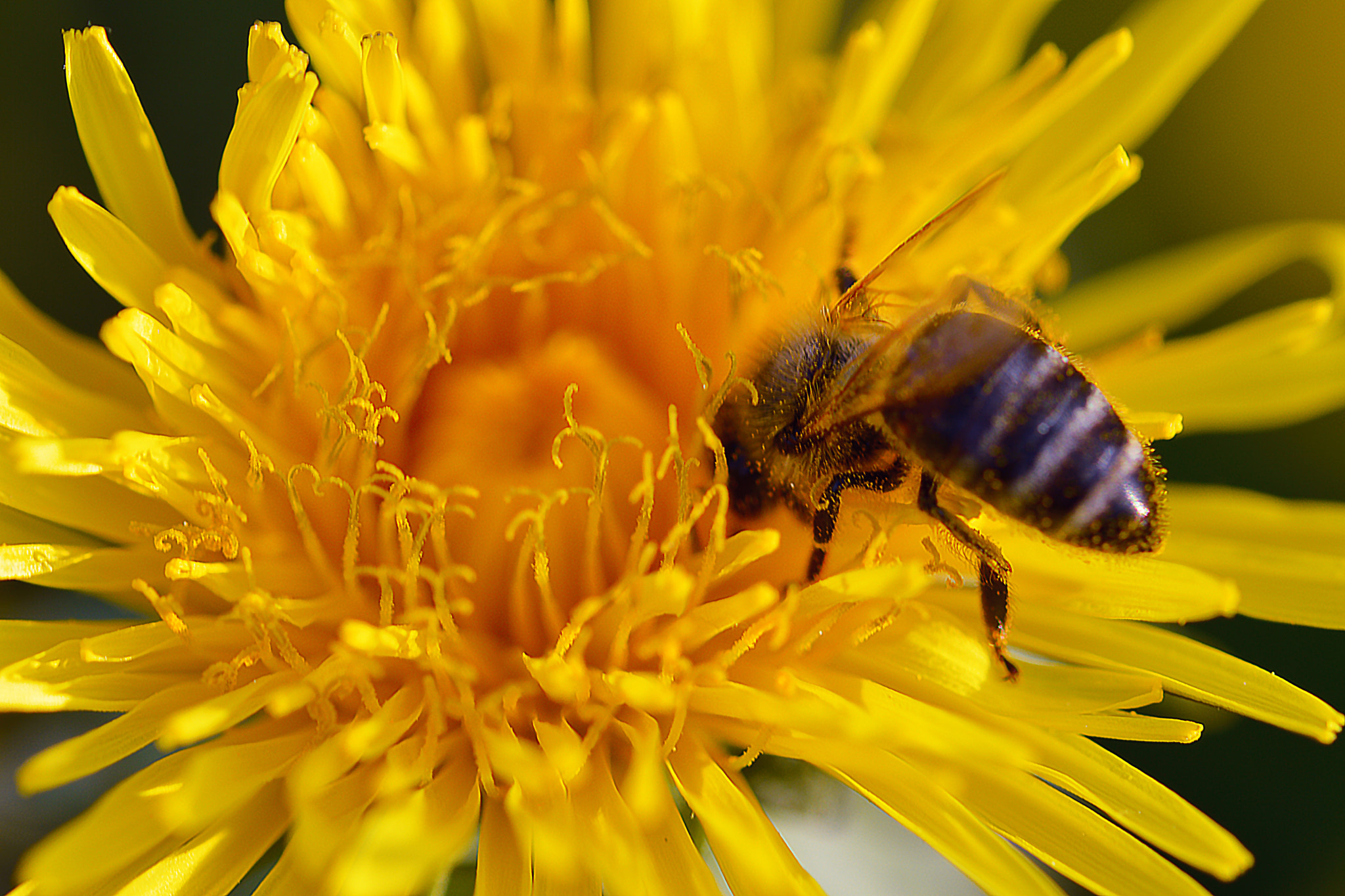The honey bee population is on the decline, and maybe not just from mites, disease and environmental toxins. The grocery chain store Giant is missing 60,000 bees from its headquarters in Carlisle, Pennsylvania. The bees were allegedly stolen between Jan. 28 and Jan. 30.
It has been reported that three beehives were taken from Giant, which also owns Martin’s chain. The firm established a pollinator-friendly solar field two years ago to contribute to sustainable energy and help the diminishing bee population.
“We are extremely disappointed that this happened and are continuing to cooperate with the Middlesex Township Police Department,” Jessica Groves, community impact manager at Giant said.
“Bees are an essential part of our food supply chain and having these beehives was one way we were helping to address the declining bee population here in our hometown community,” Groves added.
According to WGAL, the hives are worth $2,000.
Success
You are now signed up for our newsletter
Success
Check your email to complete sign up
Several sources, including PennLive, claimed that beekeepers in Pennsylvania saw a loss of 41 percent of their hive populations in 2021, which is somewhat less than the national average loss for beekeepers, which is about 45 percent.
According to Food and Wine magazine, this incident follows the theft of 92 hives from a farm in Yuba City, California in January 2020. Approximately one-third of beekeeper Mike Potts’ operation, owner of Pottsy’s Pollination, in Oregon, was stolen. His beehives fertilize almond trees in Sutter County. Honeybees drive the almond industry in California.
Current honey bee populations
The agriculture business and environmentalists are deeply concerned about the nationwide decline in bee numbers. Researchers from the Ohio State University Department of Entomology estimate pollinators contribute $500 billion annually to global food production. From this group of pollinator species, the bee is one of the most essential in terms of our food security and the health of our natural environments.
Bee numbers have been declining for several years as a result of a range of factors such as deadly mites, habitat destruction, and climate change.

Pollination is required by more than 1,000 different plants, including those farmed for food, spices, beverages, medicines, and fibers. Without the assistance of bees, the world would be deprived of such delectable delicacies as chocolate, coffee, peaches, almonds, tomatoes, blueberries, strawberries, apples, pumpkins, melons, vanilla, and a plethora of other fruits, nuts, and vegetables.
Attracting bees
According to recent research, flowers are competitive amongst each other. They can detect the vibrations of bees’ wings and react by momentarily sweetening their nectar to attract pollinating insects. To preserve their genetic heritage, flowers have evolved the ability to filter out extraneous ‘noise,’ such as wind and other environmental factors. Flowers may be “listening” for the bees that they rely on for pollination.
Pollinator decline is a significant and challenging issue. However, it is not insurmountable. Because a substantial portion of the loss in bee populations is being caused by human actions, pesticide usage, urbanization, and other factors, humans can reverse the trend.
The following are three simple and practical methods in which you may contribute to the health of bee populations in your region.
1. Build a habitat for native bees
“Providing an abundance of bee-attractive blooms concentrated in a small location, like a portion of your yard, can help,” said Sharon Treaster, a researcher with Ohio State’s Department of Horticulture and Crop Science. “This will create dense forage that lets honey bees build up food reserves for rainy weather and winter survival.”
The majority of the 20,000 bee species in the world are solitary and build their nests in the ground. Many solitary bees are small and do not sting, in contrast to honey bees, which must guard a colony of bees.
You may set up a modest environment for them to call home. Let an area of your garden or yard be untidy and undisturbed. A natural area scattered with leaves, hard-packed dirt, or wood scraps can provide a haven for pollinators as well as protection from predators.
2. Create a bee garden
Cultivating flowering plants in your yard or in pots on your patio or balcony can attract and feed bees, as well as butterflies and hummingbirds. Bees need pollen and nectar, however, their needs vary depending on their surroundings.
Foraging bees in the highlands prefer wildflowers that bloom throughout their foraging season. Bees in urban regions feed on pre-industrial and pre-urban blooms. Planting native trees, shrubs, and wildflowers can help attract pollinators.
Annuals with plenty of blooms and perennials with varying bloom dates are likely to attract pollinators and keep them coming back. Ideally, one can maintain a variety of flower or tree species with a fair amount of blooms from each species. Because the ornamental flowers that are commonly planted in yards often do not produce enough nectar for bees; opt for bee-attractive blooms like crocus, sweet alyssum, sunflowers, coneflower, butterfly weed, geranium, bee balm, poppies, black-eyed- susan, clover, or apple trees.
Flowering fragrant herbs aid bees in two ways: they supply therapeutic compounds that help them fight sickness and enhance their immunity.
Bees are thirsty when hunting for pollen. A small birdbath or a water dish will suffice. Small stones in the water will keep the bees from drowning while they drink.

3. Avoid over-weeding
Many weeds are excellent pollinators foraging plants that require little or no attention. Joe Pye weed (Asteraceae family), creeping Charlie (Lamiaceae family), and wild geranium (Geraniaceae family) are all ideal prospects for adoption in the Northeast.
Allowing them to blossom will benefit both you and the bees. Trim them before they seed to keep them in check. Dandelions are great for bees and gardeners because they produce early pollen and bitter greens.
4. Avoid the use of insecticides on your lawn
Pesticides, herbicides, and fungicides can all kill bees. The systemic insecticide neonicotinoids makes all plant components poisonous to bees, including nectar and pollen.
Use only organic pesticides and never spray blooming plants. Also, we don’t know much about today’s genetically modified plants, therefore it’s crucial to get organic (non-GMO) seeds devoid of neonicotinoids.
The little bee returns with the evening’s gloom
to join her comrades in the braided hive,
where housed beside her mighty honeycomb
they dream their polity shall long survive.
-Charles Tennyson Turner-















